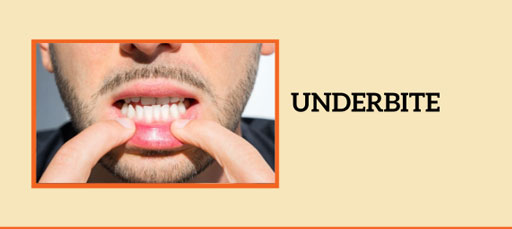
Underbite – Symptoms, Causes, Treatment
An underbite, medically termed as prognathism, is a dental condition where the lower teeth protrude forward beyond the upper teeth. This misalignment can affect both appearance and dental health. Understanding the symptoms, causes, and available treatments for underbites can aid in managing this condition effectively.
Symptoms of Underbite
- Misalignment: The most apparent sign is when the lower front teeth extend noticeably further than the upper front teeth.
- Difficulty Chewing: An underbite can make chewing and biting more challenging, leading to jaw discomfort.
- Speech Issues: Some individuals may experience speech difficulties due to the misalignment affecting tongue placement.
- Facial Imbalance: In severe cases, an underbite can cause facial asymmetry, impacting overall facial aesthetics.
Causes of Underbite
- Genetics: Inherited traits play a significant role. A family history of underbites can increase the likelihood of developing this condition.
- Childhood Habits: Prolonged thumb-sucking or extended use of pacifiers can contribute to the development of an underbite by affecting jaw growth.
- Abnormal Jaw Development: Irregular growth patterns of the upper or lower jaw can lead to misalignment.
- Trauma or Injury: Severe injuries to the jaw area can cause an underbite.
Treatment Options for Underbite
- Orthodontic Treatments: Braces or clear aligners are often used to gradually shift teeth into proper alignment. This approach is effective, especially in mild to moderate cases.
- Surgery: In more severe cases where the misalignment is due to skeletal issues, orthognathic surgery may be necessary. This surgery involves repositioning the jaw to correct the underbite.
- Functional Appliances: These devices, such as a Herbst appliance or a chin cap, can be used in growing children to guide jaw growth and correct the underbite.
Prevention and Care
- Early Intervention: Addressing oral habits in children, such as thumb-sucking, can help prevent the development of underbites.
- Regular Dental Check-ups: Routine visits to the dentist can aid in early detection and management of dental issues, including underbites.
- Healthy Habits: Maintaining good oral hygiene and following a balanced diet can contribute to overall dental health.
Conclusion
An underbite can impact both aesthetics and oral function. Early detection and appropriate treatment can prevent potential complications and improve overall oral health. Consulting with a qualified orthodontist or dentist is essential for an accurate diagnosis and personalized treatment plan.
Remember, each case of an underbite is unique, and the appropriate treatment may vary based on its severity and individual factors. Seeking professional guidance is crucial to determine the most suitable approach for correction.
Leave a Reply
Leave a Reply
Explore More Similar Posts
Explore More Blogs


Leave a Reply